From taboo to trendy, CBD has had quite the transformation. Not long ago, it was something people whispered about, lumped in with marijuana and clouded by stigma. Today, you can find it everywhere, from coffee shops and yoga studios to national retailers. What was once controversial is now part of everyday wellness conversations.
This dramatic shift didn’t happen overnight. It’s the result of decades of changing attitudes, new scientific discoveries, and a cultural movement toward natural, plant-based options. As research continues to explore how CBD interacts with the body, and as more people share their experiences, perceptions keep evolving.
In this article, we’ll look at how CBD’s reputation has changed over time, from its early stigma to the role of science and wellness culture in rewriting the narrative, the challenges that remain, and what the future may hold. Along the way, CBD’s journey reflects a larger trend: society’s growing openness to reexamining old assumptions and embracing new possibilities for well-being.
The Roots of Stigma
For much of the 20th century, hemp and cannabis were viewed through a narrow lens of fear and illegality. The plant was closely tied to counterculture movements and framed as a symbol of rebellion rather than a source of wellness. Decades of strict prohibition and sensational headlines kept most people from seeing cannabis as anything other than dangerous.
One of the biggest drivers of this perception was the infamous 1930s propaganda film Reefer Madness, which exaggerated marijuana’s effects and portrayed users as erratic or violent. These campaigns weren’t based on science; they were fueled by politics and misinformation. But they worked. The message stuck, and cannabis quickly became a cultural villain.
The stigma deepened because there was no clear distinction in the public mind between THC, the compound responsible for a “high”, and CBD, the non-intoxicating cannabinoid with very different properties. To most people, all cannabis was the same, and all of it was to be feared. That lack of nuance set the stage for decades of misunderstanding.
Before CBD could appear on wellness shelves, it first had to overcome years of myths, stereotypes, and fear-driven messaging that shaped how society saw the entire cannabis plant.
Science Steps In

The tide began to turn in the 1990s with a groundbreaking discovery: the endocannabinoid system (ECS). Researchers found that this network of receptors helps the body maintain internal balance and harmony, an idea now central to understanding how cannabinoids interact with our physiology.
This discovery shifted the conversation from political to scientific, opening the door for new thinking about compounds like CBD. Early studies began exploring how CBD interacts with the ECS, sparking interest in its potential to support calm, balance, and overall wellness.
A major milestone came in 2018 when the U.S. Food and Drug Administration approved Epidiolex, a prescription CBD-based medication for rare forms of epilepsy. While this approval applied only to that specific product, it represented an important moment of recognition for CBD within the medical community.
At the same time, brands that emphasized third-party testing and transparent labeling began to build consumer trust. By showing exactly what was in each product (and confirming purity and potency through independent labs), companies helped customers feel confident that CBD could be clean, consistent, and reliable.
Together, science and transparency helped transform CBD’s reputation from a misunderstood compound into a respected part of modern wellness.
The Wellness Movement and Market Expansion
As health consciousness has surged, people have become increasingly drawn to plant-based, holistic ways to support their daily well-being. CBD fit that demand perfectly, appealing to those seeking natural options to promote calm, relaxation, and balance.

CBD’s presence quickly expanded beyond tinctures and oils into gummies, capsules, skincare, coffee blends, and even pet products. Suddenly, a café might offer a CBD latte, skincare brands launched cannabinoid-infused lotions, and pet owners explored plant-based options for everyday wellness. This variety helped CBD feel accessible to the average consumer, not just wellness insiders.
Public figures also played a role. Athletes, influencers, and celebrities began sharing their personal experiences with CBD, helping to normalize its use. When trusted voices speak openly about how they incorporate CBD into their routines, it breaks down stigma and builds familiarity.
The numbers back it up: in 2023, the North American cannabidiol market was valued at roughly $6.7 billion and is projected to grow at a compound annual rate of about 14% through 2030. Globally, estimates suggest the market could more than double by 2034, reaching close to $39 billion.
Together, cultural momentum, diverse product availability, and real consumer demand have transformed CBD from a wellness niche into a global force.
Breaking Down Misconceptions
Even as CBD has gained popularity, a few myths still linger. Let’s clear them up.
Myth #1: CBD gets you high.
Reality: CBD is non-intoxicating. Unlike THC, it doesn’t produce a euphoric effect. Instead, it works more subtly, supporting balance through its interaction with the body’s endocannabinoid system.
Myth #2: All CBD is the same.
Reality: There are three main types:
-
Full Spectrum – Contains CBD along with other cannabinoids (including trace THC) for what’s known as the entourage effect.
-
Broad Spectrum – Includes multiple cannabinoids, but THC is removed.
-
Isolate – Pure CBD, with no other cannabinoids present.
Myth #3: CBD is illegal everywhere.
Reality: The 2018 Farm Bill legalized hemp-derived CBD at the federal level in the U.S. as long as THC content stays below 0.3%. While state regulations vary, CBD is widely available and continues to move toward broader acceptance worldwide.
Education has been key in breaking down these misconceptions. Through blog content, lab reports, and transparent product labeling, reputable brands are helping consumers understand what they’re buying. With better information, the old myths about CBD are slowly giving way to a more accurate, science-based perspective.
Generational & Cultural Shifts
CBD’s rise isn’t just about science and marketing; it’s also about timing. Younger generations, especially Millennials and Gen Z, have led the charge toward acceptance. They’re more open to natural wellness alternatives, more willing to experiment with plant-based products, and less influenced by old stigmas surrounding cannabis. For them, CBD feels like a logical extension of modern self-care.
Older generations are also becoming more open, often encouraged by family members or their own interest in natural approaches to daily balance and relaxation. This gradual shift across age groups has helped CBD move from a youth trend to a mainstream wellness option.
Mainstream retailers have also played a major role. When CBD products appear on the shelves of recognizable stores, alongside vitamins and supplements, it signals to consumers that CBD has become part of everyday wellness culture.
Globally, the pace of acceptance varies. The UK and Canada have embraced CBD widely, while other regions are developing their own regulations and markets. This international momentum reinforces CBD’s legitimacy as a global wellness category.
Finally, growing conversations around mindfulness, balance, and stress management have accelerated the shift. As people seek ways to feel centered and grounded, CBD has found a natural place in those discussions, helping it move from fringe to familiar.
Current Challenges & Remaining Stigma
Despite CBD’s popularity, challenges remain. The biggest is regulation. The 2018 Farm Bill legalized hemp-derived CBD, but the FDA has yet to create clear rules for how it can be marketed or labeled. On top of that, individual states maintain their own patchwork of laws, creating confusion for both consumers and brands.
Misinformation also persists. Some people still conflate CBD with THC or question product quality. While many studies show CBD is generally well-tolerated, skepticism remains, particularly among those who grew up amid decades of anti-cannabis messaging.
Another issue is oversaturation. With CBD added to everything from lotions to lattes, consumers may wonder which products deliver meaningful amounts and which are marketing gimmicks. That’s why third-party testing, clear potency information, and transparent sourcing are critical to maintaining trust.
Occasional pushback from uninformed media or conservative voices can also reignite stigma. Continued education and integrity in labeling are essential for moving the conversation forward.
The Road Ahead
As CBD continues its journey into the mainstream, the future looks bright. Research continues to explore how cannabinoids interact with the body’s natural systems to support overall wellness. Each new study adds insight, helping to shift CBD further from stigma and closer to scientific understanding.
Innovation is also shaping the next chapter. Advances such as nano-emulsion technology are improving absorption, while new formulations that combine cannabinoids like CBG or CBN are gaining attention for their complementary effects through what’s known as the entourage effect. These developments show that CBD is far from static; it’s evolving alongside wellness science.
Regulation, though challenging today, could ultimately strengthen the industry. Clearer rules would eliminate low-quality products, set higher safety standards, and build greater consumer confidence. A more transparent market benefits everyone, brands and consumers alike.
Looking ahead, CBD is poised to take its place alongside daily supplements and other trusted wellness tools. Instead of being viewed as an alternative, it may become part of a standard self-care routine for millions worldwide.

A Symbol of Change
CBD’s story is one of transformation. Once overshadowed by stigma and misinformation, it has emerged as a respected part of the wellness conversation. That evolution didn’t happen overnight; it came through a combination of science, advocacy, cultural change, and the willingness of people to challenge old assumptions.
The journey isn’t over. Continued education and transparency remain essential to clear up misconceptions and ensure quality. As understanding deepens, we’ll gain a clearer picture of CBD’s full role in supporting long-term wellness.
Ultimately, CBD represents more than a single supplement; it’s a symbol of how society can evolve, and how open conversation and credible science can replace fear with understanding. From stigma to acceptance, CBD’s rise shows that perceptions can change, and when they do, new possibilities for well-being emerge.









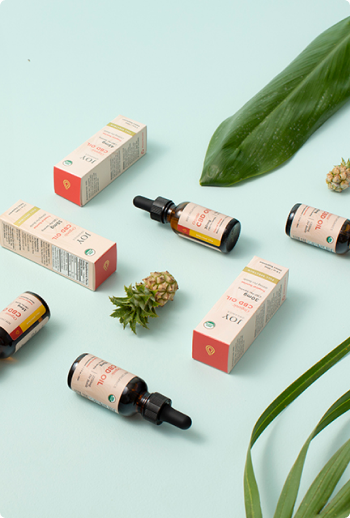

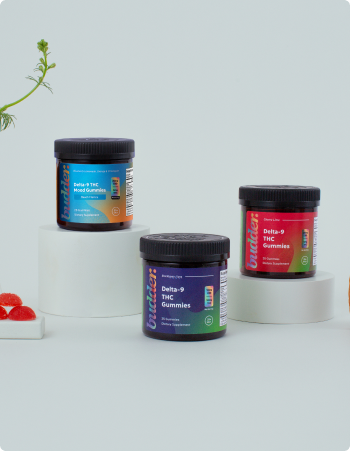











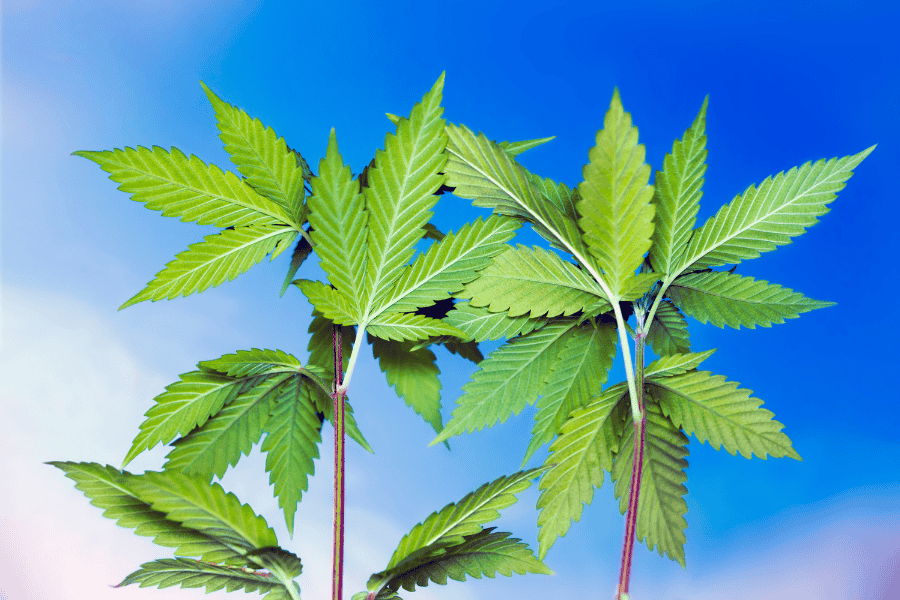

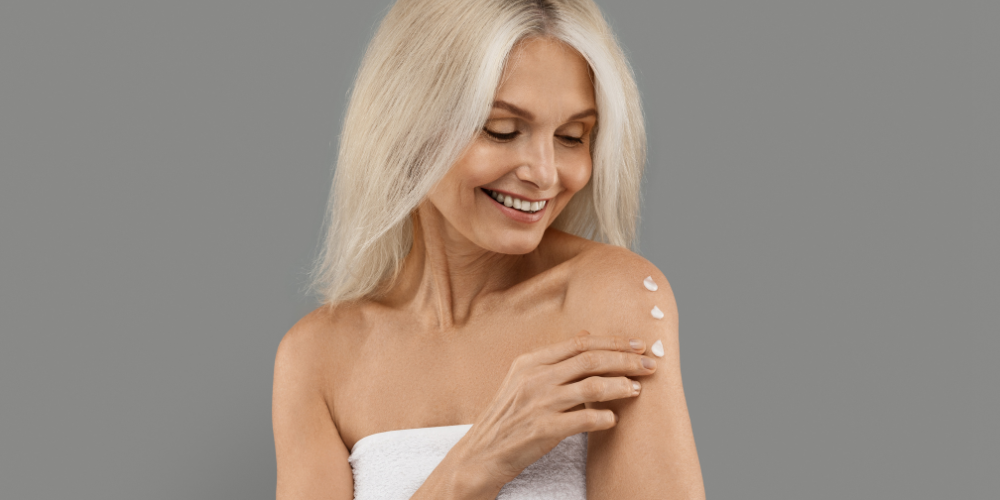
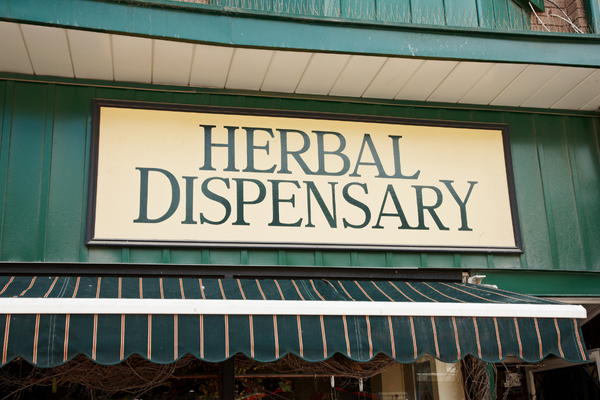





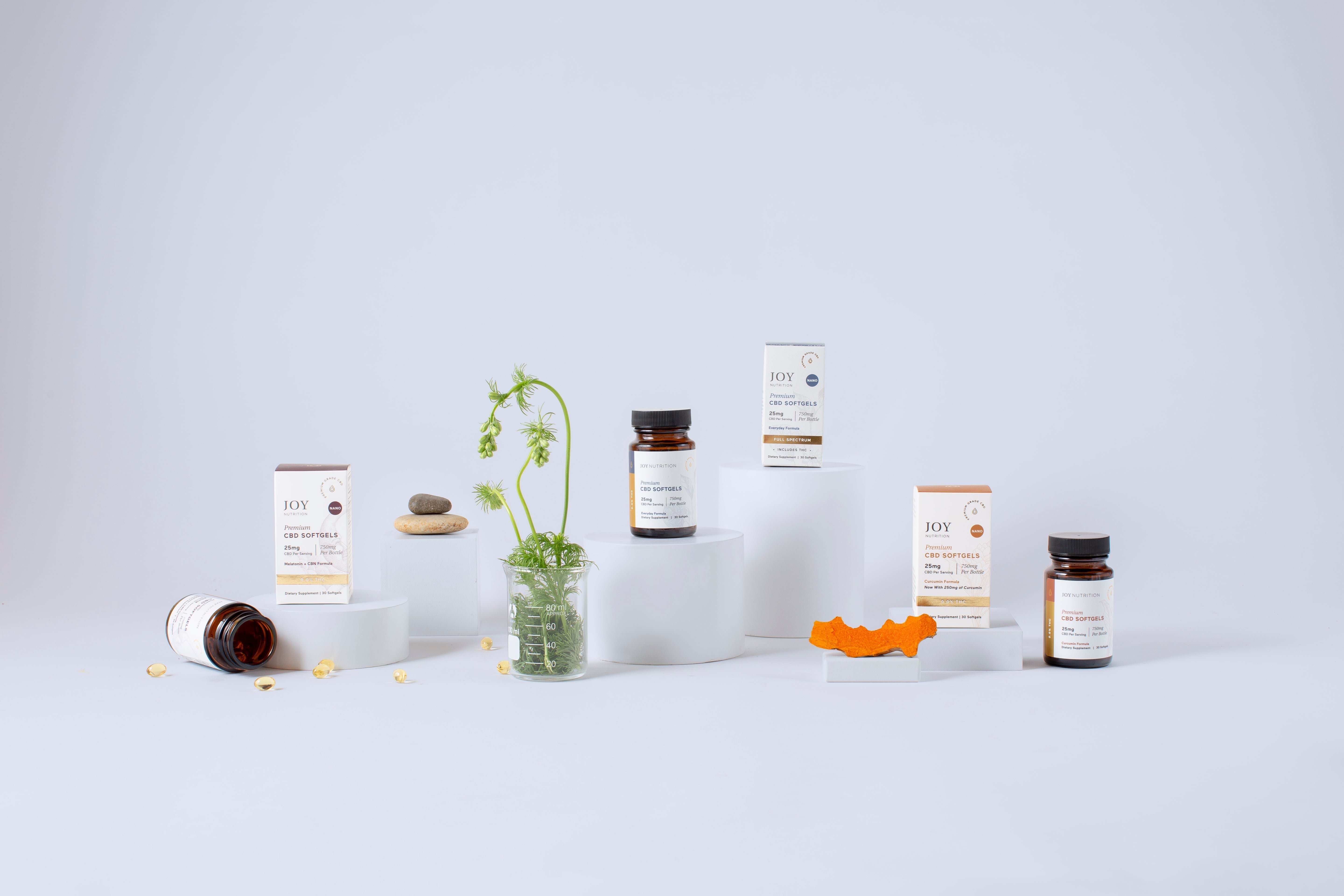



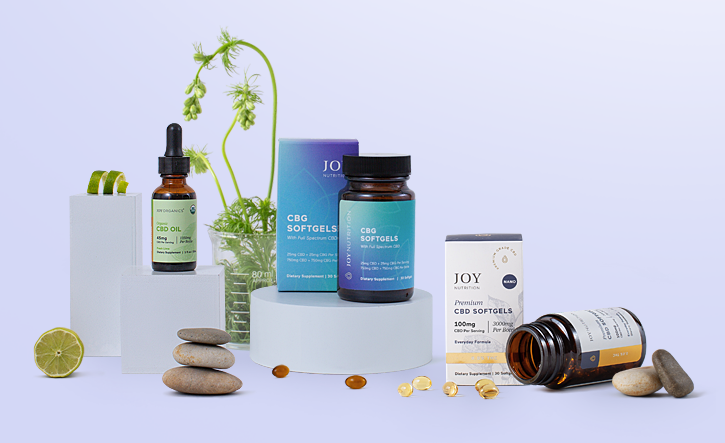







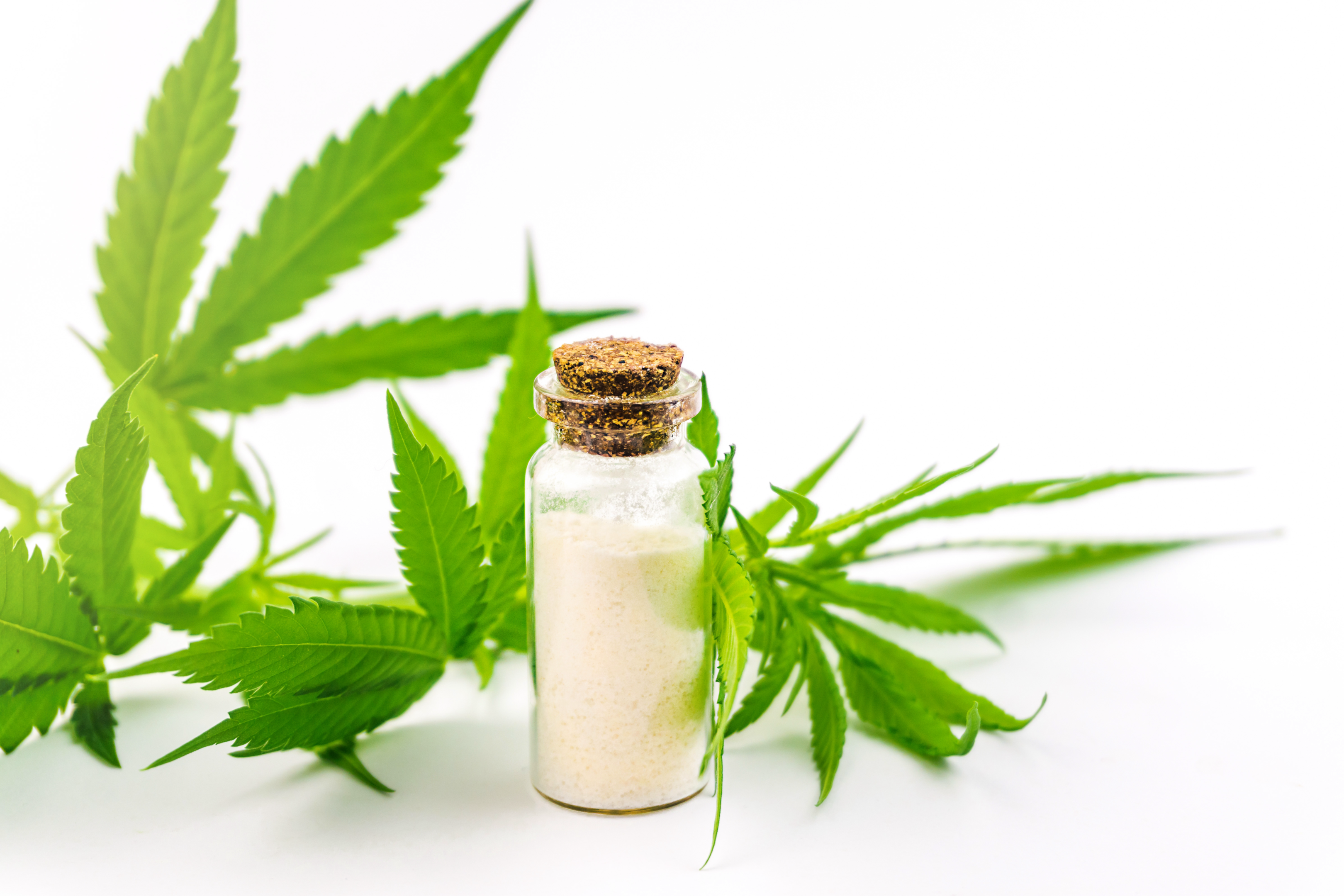

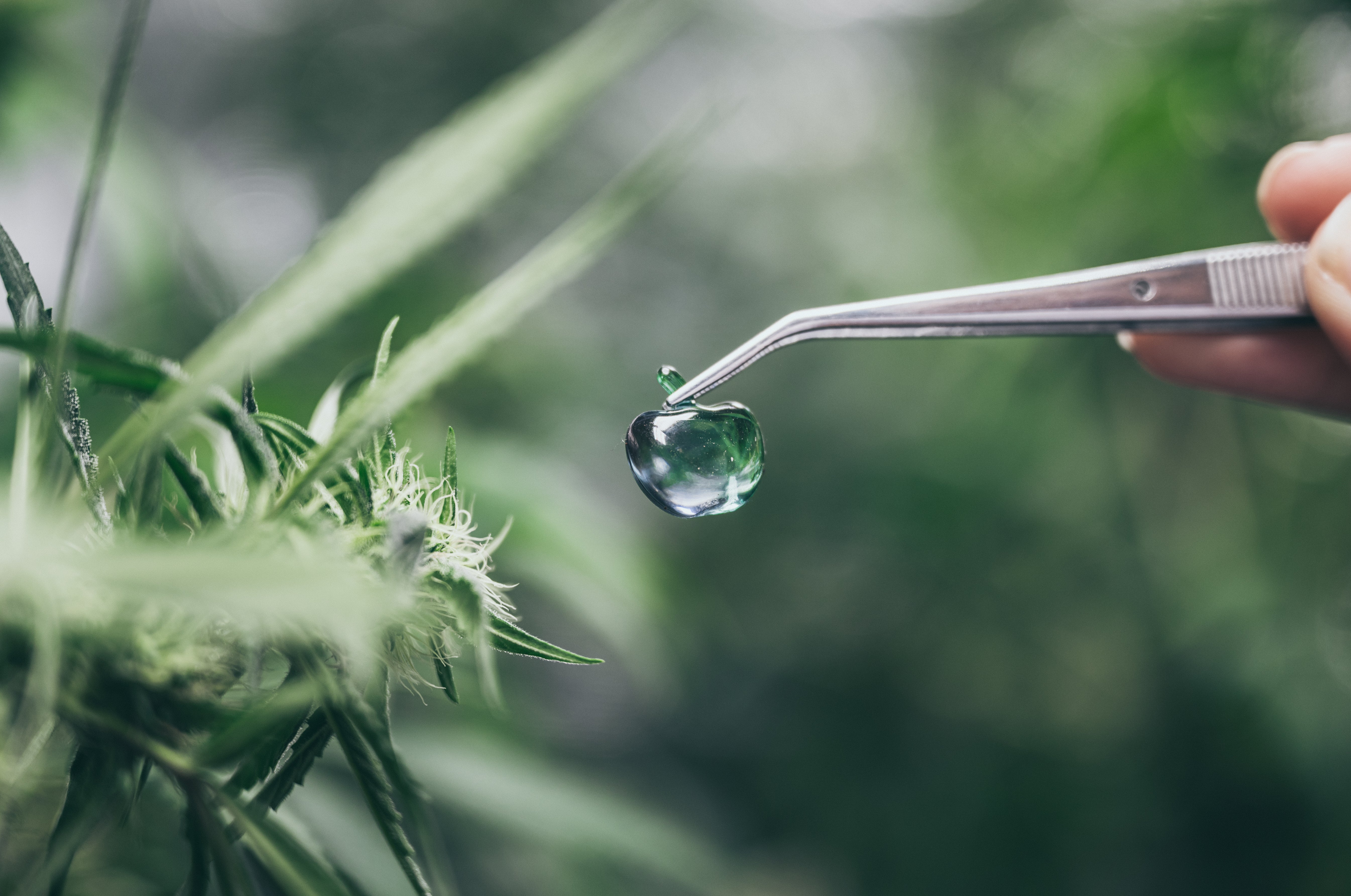

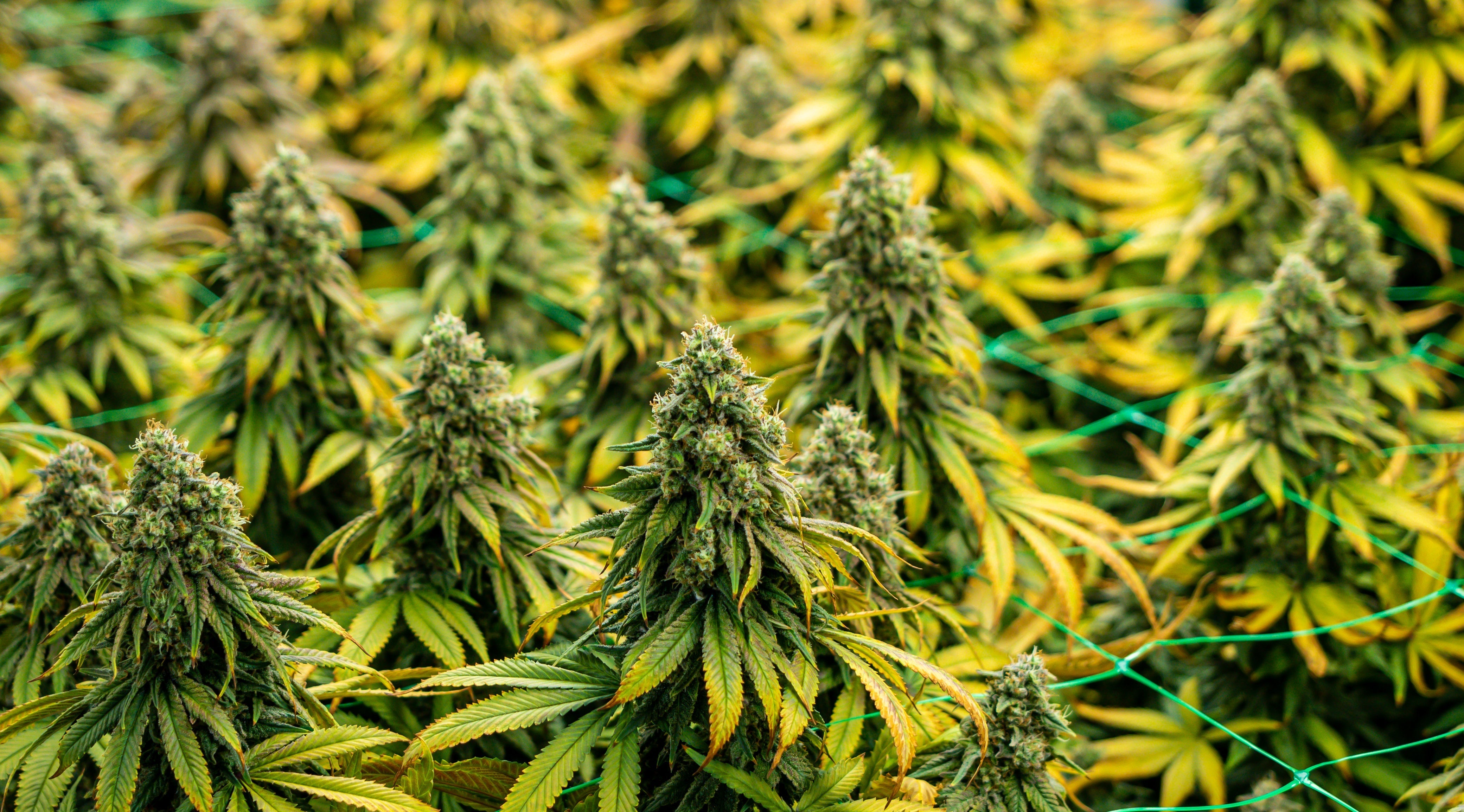


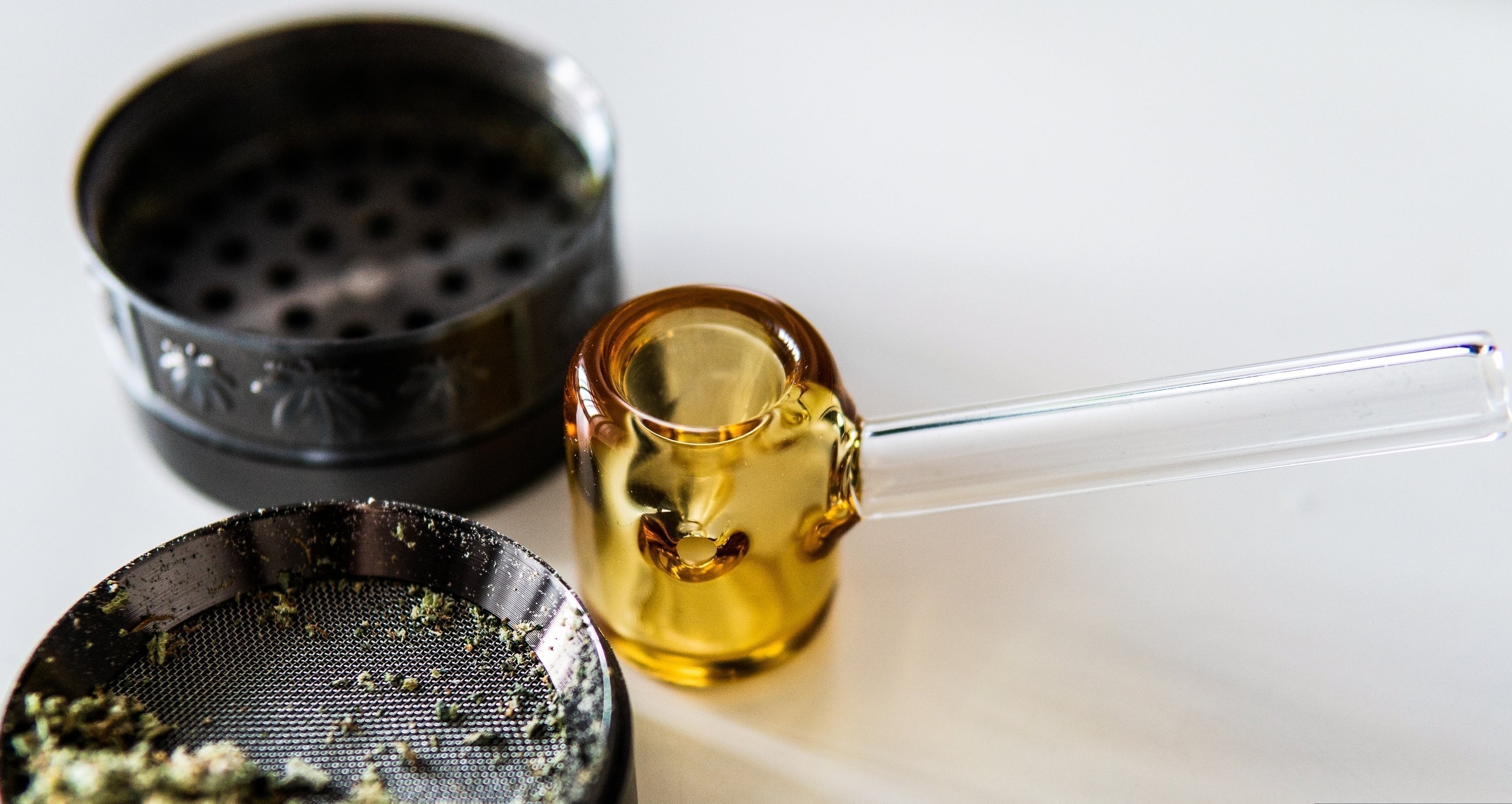




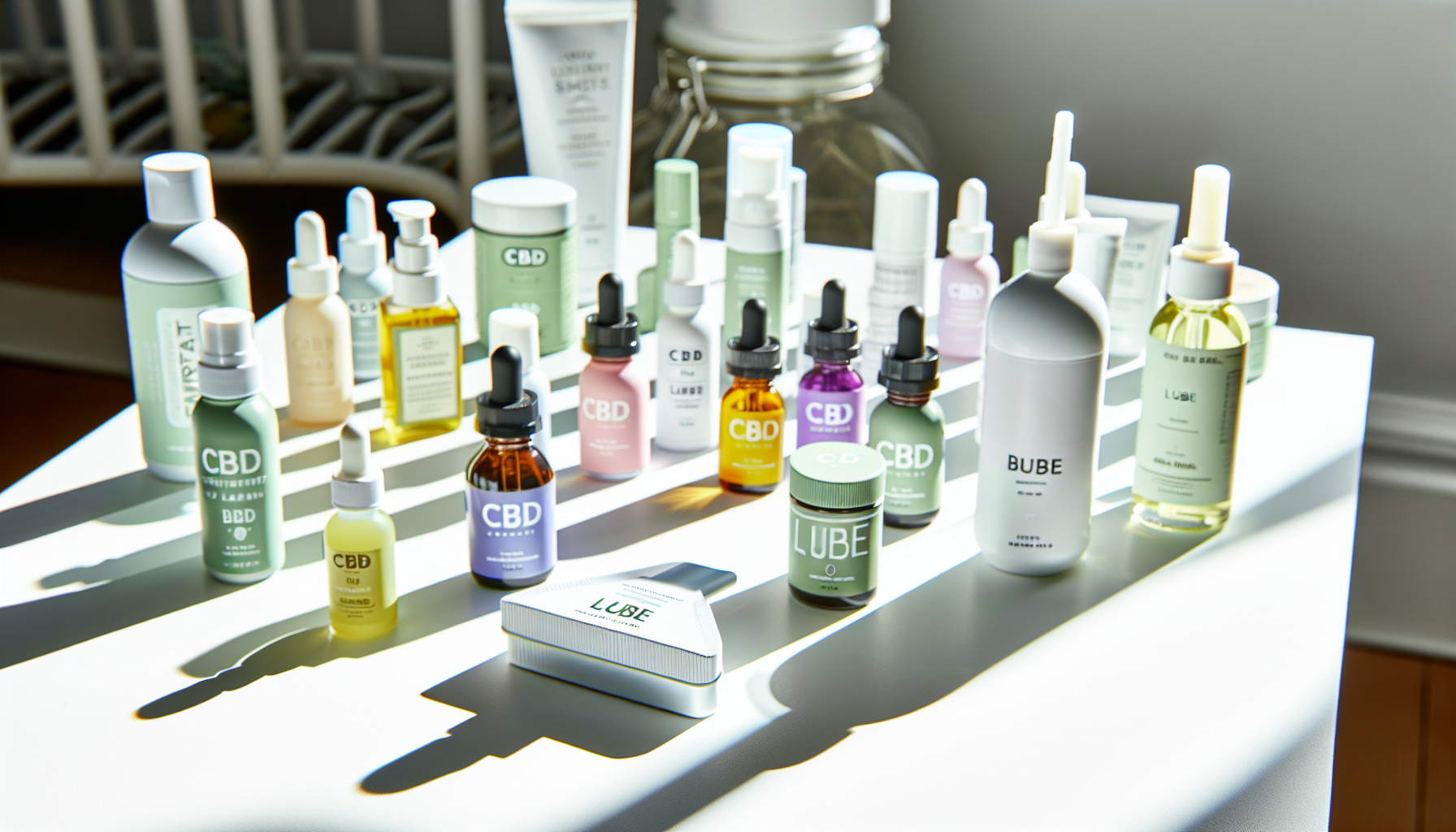
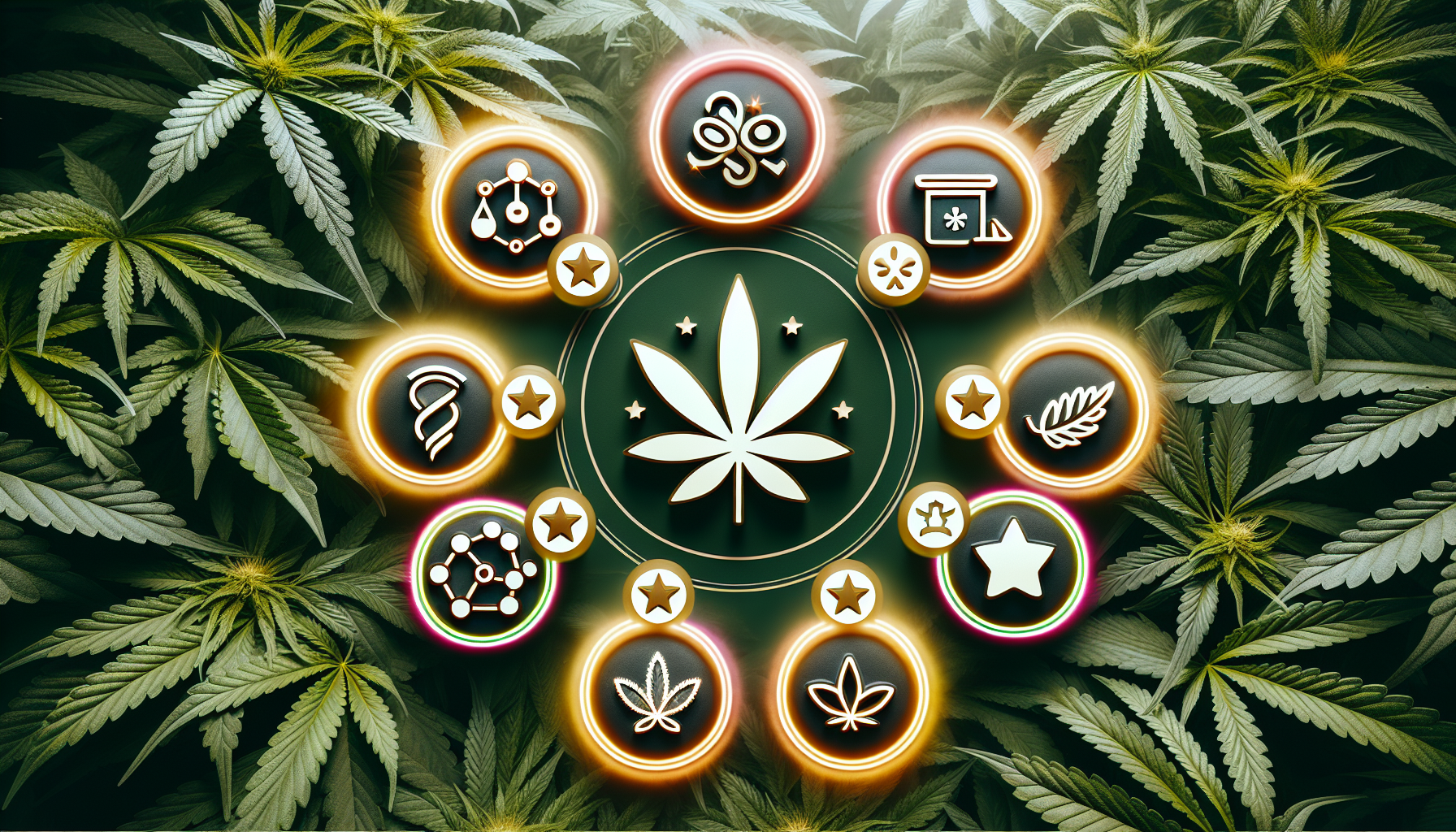
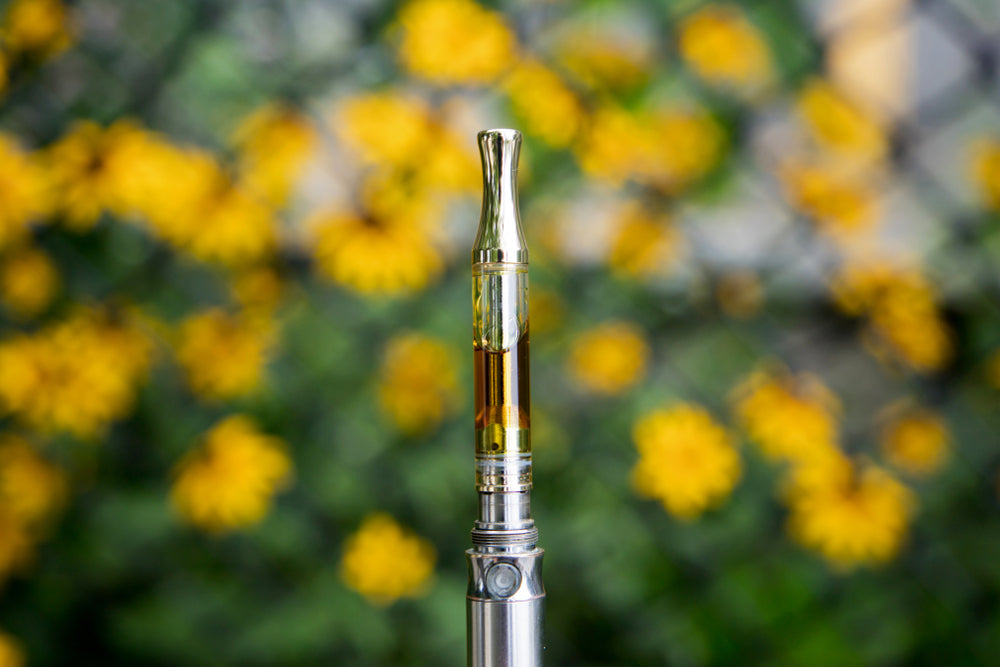
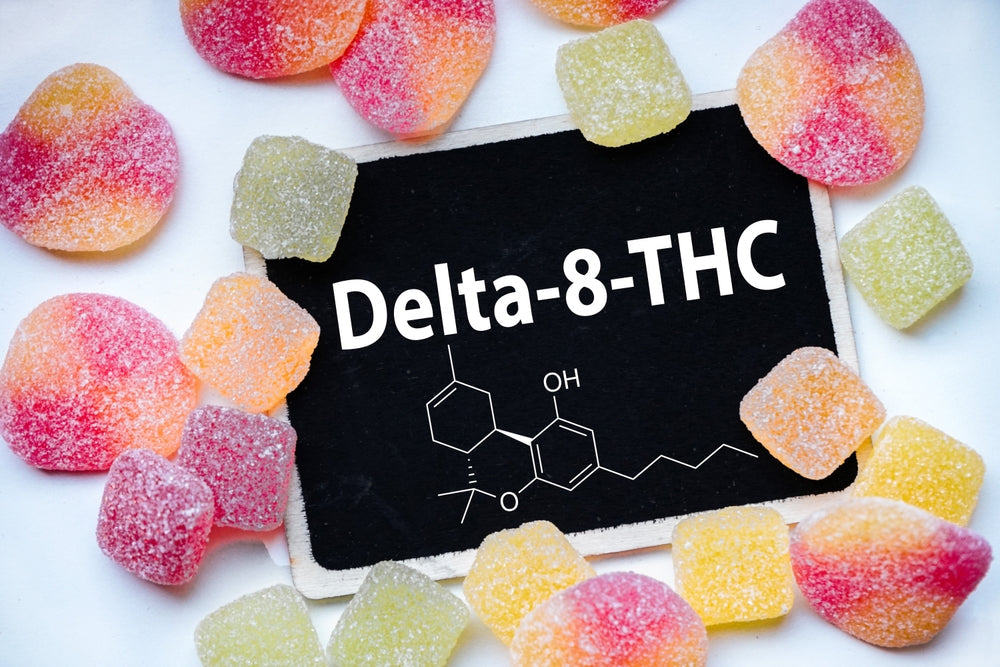

Join in on the Conversation
Your email address will not be published. Once your comment is approved, it will be published.